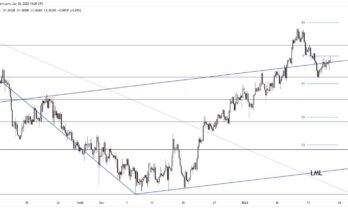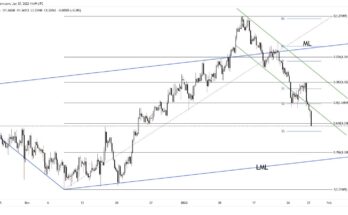We come to the end of a week that has been mixed for the dollar overall, with loses vs. the CAD, JPY and Aussie, but gains against the euro, kiwi and (marginally) the Swissie. The pressure on the euro has been understandable given the change in tone from the ECB President seen at the end of last week, which has increased speculation that the ECB will act in some form at next week’s policy meeting. This could be a further cut in interest rates, or the start of asset purchases of some form. Note that short-term market interest rates turned negative yesterday (EONIA – overnight lending benchmark), with bond yields also moving lower. Eurozone inflation data is released today at 09:00 GMT and will be keenly watched, given the focus on deflation risks. Expectation is for a move to 0.3%, with core rate steady at 0.8%.
Beyond the travails of the Eurozone, today is month end which could mean markets are choppy and even less rational than usual. Some investment banks suggest that this will mean dollar selling as managers re-balance portfolios, but such calculations do not always work out as other conflicting flows outweigh. The outlook for September remains for dollar strength, although historically September has not proven to be the best month for the dollar in recent years, so seasonals could act as a constraint. Finally, note that Canadian GDP data is released at 12:30 GMT. USDCAD has pulled back from the 1.10 level once again, with raises the bar in terms of weaker data being able to push it above this resistance level (high was 1.0998).
Further reading:
Russian Tensions Upset Markets Ahead of Labor Day Weekend
US Q2 growth revised to 4.2% – USD slightly stronger



